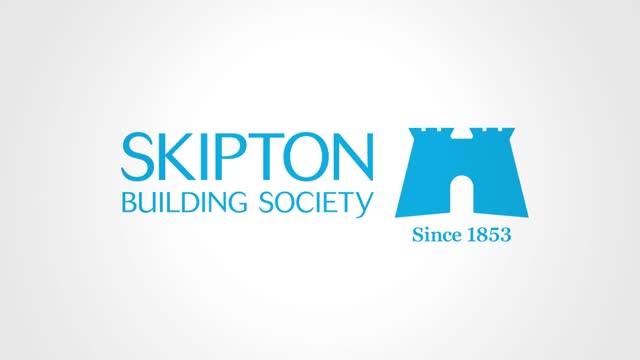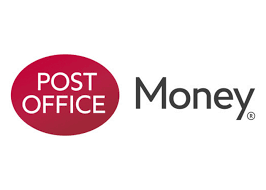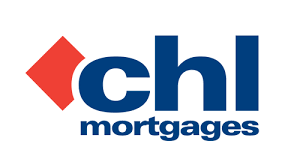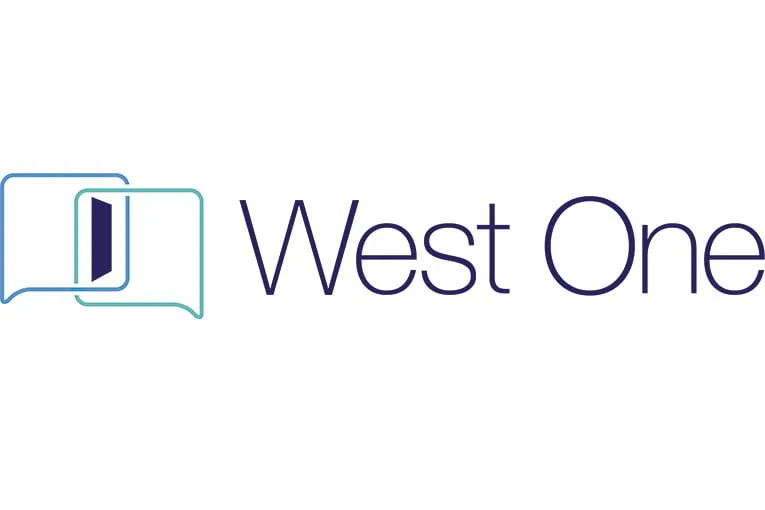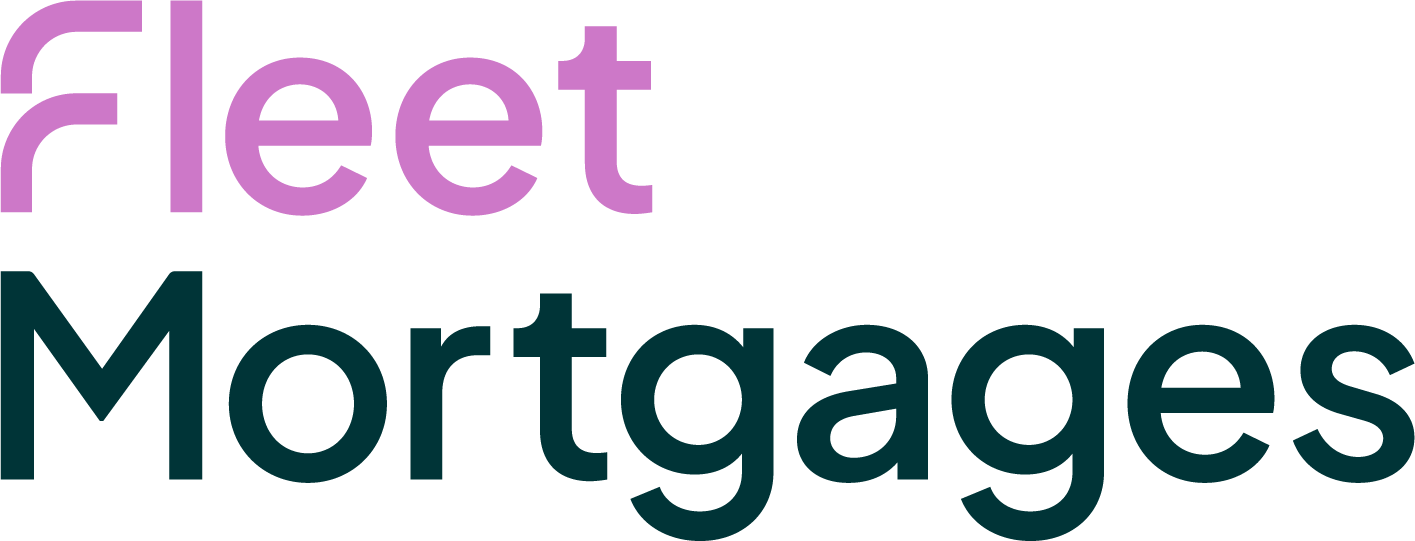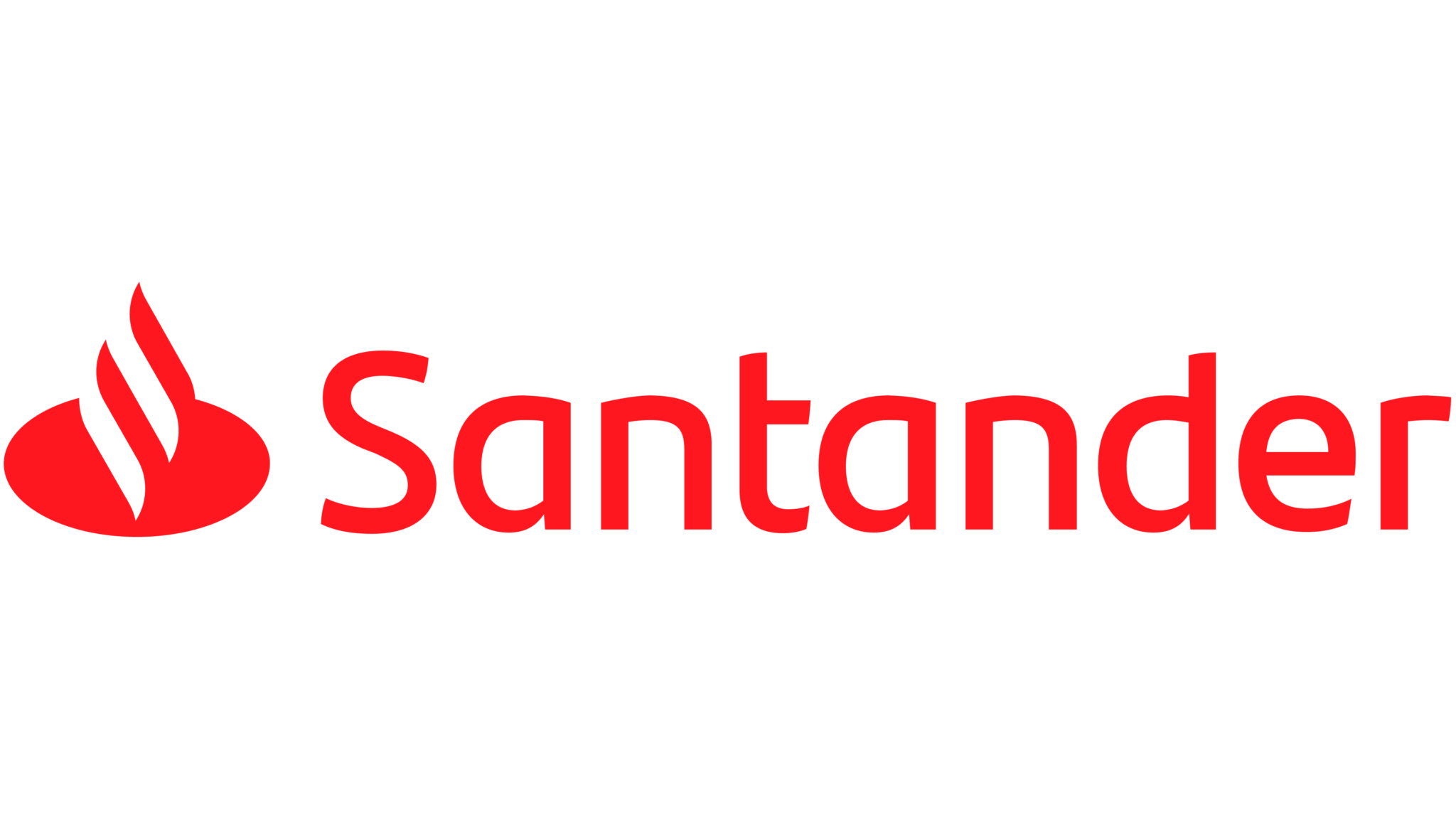Remortgaging a Shared Ownership Property
Remortgaging a shared ownership property can be a smart way to reduce monthly payments, release equity, fund home improvements, or increase your share of ownership through staircasing. Whether you’re looking to improve your financial position or move one step closer to full homeownership, understanding the process is essential.
With shared ownership generally, you own a percentage of your home and pay rent on the remaining share, so the remortgage process involves specific steps and considerations to help you secure better terms or increase your ownership share.
This guide explains how shared ownership remortgages work, what costs to consider, and which lenders offer suitable products.
Introduction to Remortgaging
Remortgaging a shared ownership property is an important step for many homeowners looking to improve their financial situation, secure a better mortgage deal, or increase their ownership share. Unlike standard remortgaging, a shared ownership remortgage involves taking out a new mortgage on just the portion of the property you own, which can make the process more complex.
Understanding the ins and outs of remortgaging a shared ownership property is crucial, as there are specific requirements and considerations unique to the shared ownership scheme. Working with a mortgage advisor or broker who specialises in shared ownership remortgages can help you navigate the process.
They can help compare new mortgage options, and ensure you achieve your goals, whether that’s reducing monthly payments, switching to a better deal, or moving closer to owning your property outright.
What Is Shared Ownership?
Shared ownership is a government-backed scheme designed to help people get on the property ladder with a lower deposit. Shared ownership is often accessed through a government mortgage scheme, such as the Help to Buy Shared Ownership scheme.
Instead of buying 100% of a property, you buy a share, typically between 25% and 75% through a buy shared ownership scheme. You then pay rent on the remaining share, which is owned by a housing association.
For example:
| Detail | Amount |
|---|---|
| Property Value | £300,000 |
| Share Purchased (40%) | £120,000 |
| Housing Association Share | £180,000 (60%) |
| Monthly Rent | Paid on the 60% share |
You can increase your ownership share over time through staircasing, which we’ll explain below.
Can You Remortgage a Shared Ownership Property?
Yes, you can remortgage a shared ownership property, but the process is a bit more involved than with a fully owned home. Because a housing association or local authority still owns a share of your property, you’ll need their approval before proceeding with a new mortgage.
The lender will also want to assess the property’s value and review your financial situation to determine how much you can borrow. Shared ownership remortgages may come with slightly higher costs or additional requirements due to the shared ownership structure, so it’s important to seek advice from a mortgage advisor or broker who understands these nuances.
They can help you find the best deal for your circumstances and guide you through the steps needed to remortgage a shared ownership property successfully.
What Is Staircasing?
Staircasing, also known as shared ownership staircasing, is the process of buying more shares of your home. Ownership staircasing is a step-by-step process that allows you to gradually increase your share in the property.
This is often through remortgaging or purchasing additional shares, until you potentially reach 100% ownership. Each time you staircase, your rent is reduced in line with the share you now own.
Example:
- Original Share: 40%
- Additional Share Purchased: 20%
- New Ownership Level: 60%
- Rent Now Payable On: 40%
If you remortgage, you can use the released equity to buy a further share of your home.
Why Remortgage a Shared Ownership Property?
There are several benefits to remortgaging a shared ownership property:
Your financial circumstances, the amount of equity you have in your property, and the potential to access a larger loan or surplus funds are all important factors when considering a remortgage.
Lenders will assess whether you have enough equity in your home and review your payment history to determine eligibility. Remortgaging may allow you to secure a larger loan to buy additional shares or release surplus funds to cover costs or increase your ownership stake.
Lower Interest Rates
Secure a more competitive deal by securing a lower mortgage rate and reduce your monthly payments.
Fund Staircasing
Use your equity to buy more of your home, reducing your rent and increasing ownership. You can request a further advance from your lender to finance the purchase of additional shares. Remortgaging can also property enable increased ownership by allowing you to access better rates or release funds to buy more shares.
Raise Capital
Remortgage to fund home improvements, such as a new kitchen, bathroom, or extension. Surplus funds released through remortgaging can be used to pay for these improvements.
Debt Consolidation
Combine high-interest debts into one manageable mortgage payment.
Change Mortgage Product
Switch to a new deal that better suits your current lifestyle or financial situation, as switching to a new deal can provide better terms or flexibility.
Financing Home Improvements
Remortgaging a shared ownership property can also be a practical way to fund home improvements. By releasing equity from your ownership property, you can finance refurbishments, extensions, or upgrades that add value to your home.
However, it’s important to factor in all the costs involved, such as lender arrangement fees, valuation fees, and any early repayment charges on your current mortgage. A mortgage advisor can help you assess whether remortgaging is the best way to finance your home improvements, ensuring the new mortgage deal fits your needs and budget.
Step-by-Step: How to Remortgage a Shared Ownership Home
- Set Your Goal
Are you remortgaging to get a better rate, raise funds, or staircase as a shared owner? - Check Your Current Mortgage Deal
Understand your existing interest rate, outstanding term, initial discounted period, and any early repayment charges. Review your mortgage terms and consider whether to stay with your existing lender, same lender, or switch to a new lender. - Arrange a Valuation
An updated valuation is essential, especially if you’re staircasing or borrowing more. Your current lender, new lender, or mortgage provider may require this as part of the process. - Notify the Housing Association
They must be informed of your remortgage plans, particularly when buying more shares as a shared owner. - Compare Mortgage Offers
Look at shared ownership remortgage deals and remortgage deals from both high street and specialist mortgage lenders. Consider the overall value, including the fees involved and any additional fees that may apply. - Use a Specialist Broker
A broker can help match you with the best mortgage provider, mortgage lenders, and mortgage lender for your needs, especially those who accept shared ownership applications. - Submit Your Application
Begin the application process by submitting a mortgage application. You will need to provide pay slips, bank statements, mortgage statements, and proof of ID. Lenders will conduct income assessments and may require a revised affordability test. - Legal Work & Completion
A solicitor will handle the legal process, and the remortgage funds will be released on completion. The new mortgage will replace your existing mortgage. You may need to coordinate with your current lender, same lender, or new lender. As a shared owner, ensure all parties are informed and involved as required.
Note:
It is important to fully understand all mortgage terms, including the initial discounted period, and be aware of the potential for additional fees and the various fees involved in the remortgage process.
Informing Your Housing Association
When you decide to remortgage a shared ownership property, it’s essential to notify your housing association or local authority, as they own the remaining share of your home. They will need to review and approve the new mortgage to ensure it meets their criteria.
The housing association may also charge a small administration fee for processing your remortgage application. You’ll need to provide them with details of your new mortgage, including the lender, interest rate, and repayment terms.
A mortgage advisor or broker can help you gather the necessary documentation and liaise with the housing association to make sure the process runs smoothly.
Calculating the Value of Shares
As part of the remortgaging process, your housing provider will usually require a property valuation to determine the current market value of your home. This valuation is crucial for shared ownership remortgages, as it establishes the equity you hold and the purchase price of any additional shares you may wish to buy through staircasing.
For example, if your shared ownership property is valued at £150,000 and you want to purchase an extra 25% share, the cost would be £37,500 (25% of £150,000). It’s important to use an accredited surveyor, such as a RICS member, to ensure the valuation is accurate and accepted by both your lender and housing association.
An up-to-date valuation helps you make informed decisions about remortgaging and increasing your ownership share.
Costs to Consider When Remortgaging a Shared Ownership Property
Remortgaging a shared ownership property often comes with slightly higher costs involved compared to standard remortgages, due to the limited number of lenders and the specific requirements of these arrangements.
- Valuation Fee – Required to assess your home’s current market value.
- Legal Fees – Paid to a solicitor for conveyancing.
- Arrangement Fees – Some lenders charge fees for new mortgage products.
- Early Repayment Charges (ERC) – If leaving your current deal early.
- Housing Association Fees – Including notice, admin, and staircasing fees.
There are several fees involved in the remortgage process, and additional fees such as stamp duty, lender charges, and valuation costs may apply depending on your lender and individual circumstances. Some lenders may cover certain fees to attract borrowers, but it’s important to check all costs before proceeding.
Benefits of Shared Ownership Remortgage
- Lower monthly mortgage costs
- Greater ownership (through staircasing)
- Capital for refurbishments or debt repayment
- Ability to tailor mortgage products to your needs
- Increased control over your home compared to renting
Challenges of Shared Ownership Mortgages
- Fewer lenders support shared ownership
- Remortgaging within shared ownership schemes can present unique challenges compared to standard mortgages
- Must coordinate with the housing association
- Additional costs for staircasing
- Service charges and rent still apply
- Can be harder to sell compared to full ownership properties
High Street Lenders Offering Shared Ownership Mortgages
Many mainstream banks offer shared ownership mortgages, including remortgage options for increasing your property share. Below is a comparison of popular mortgage providers, each with its own criteria and features for shared ownership remortgages:
| Lender | Max LTV | Supports Remortgage | Shared Ownership Criteria |
|---|---|---|---|
| Barclays | 90% | Yes | Accepts staircasing; min. share 25% |
| Halifax | 90% | Yes | Strong support for housing association properties |
| Nationwide | 95% | Yes | First-time buyer friendly |
| Santander | 90% | Yes | Accepts increasing ownership share |
| Lloyds Bank | 90% | Yes | Joint applications allowed |
| NatWest | 90% | Yes | Works with major housing associations |
| HSBC | 90% | Yes | Available on selected schemes |
Specialist Lenders for Shared Ownership Remortgages
Some borrowers, particularly those with complex income, poor credit, or specialist needs may benefit from using a specialist lender. Consulting a mortgage broker can help you access these specialist lenders and secure the best deals, as brokers have expert knowledge and can compare a wide range of mortgage products to find the most favourable options for your situation. Here’s a look at who supports shared ownership mortgages:
| Specialist Lender | Max LTV | Supports Staircasing | Features |
|---|---|---|---|
| Skipton Building Society | 95% | Yes | Offers staircasing and strong affordability calculations |
| Leeds Building Society | 95% | Yes | Flexible criteria, good for limited income borrowers |
| Newbury Building Society | 90% | Yes | Manual underwriting, accepts unique income structures |
| Metro Bank | 90% | Yes | Offers large loans for staircasing or improvements |
| Accord Mortgages | 90% | Yes | Accepts flats and new builds under shared ownership |
Speak to a Shared Ownership Mortgage Specialist
Whether you’re looking to secure a better interest rate, buy more of your home, or raise funds for improvements, remortgaging a shared ownership property can help you take control of your finances.
Our team of expert mortgage brokers has access to high street and specialist lenders, offering tailored advice based on your circumstances.
Call us on 01332 470400 or complete the enquiry form, and one of our brokers will call you back for a free consultation.
What our customers say
Marlon
25 Apr 2025
Showing our favourite reviews

Always attentive, helpful and efficient
Jonathan, 27 Jan 2025

Best Mortgage Broker in the UK!
Liam, 26 Nov 2024

Ben was really helpful in helping me…
George, 28 Aug 2024
FAQs
Can you remortgage a shared ownership property?
Yes, you can remortgage a shared ownership property—either to secure a better rate, raise funds, or increase your share through staircasing. Because the property is co-owned with a housing association or local authority, you’ll need their consent to proceed. A specialist broker can help you find lenders who understand the complexities of shared ownership remortgages.
What is staircasing and how does it work when remortgaging?
Staircasing is the process of buying more shares in your shared ownership home. You can use a remortgage to release equity or raise capital to fund staircasing. For example, if you currently own 40% of your home and remortgage to purchase an additional 20%, your ownership increases to 60%, and your monthly rent decreases accordingly.
Do all lenders allow remortgaging on shared ownership properties?
No, not all mortgage lenders offer shared ownership remortgages. However, several high street lenders (like Halifax, Barclays, and Nationwide) and specialist lenders (such as Skipton and Leeds Building Society) do. It’s essential to work with a mortgage advisor who can match your needs with lenders that support shared ownership criteria and staircasing.
What costs are involved when remortgaging a shared ownership home?
Costs can include:
Valuation fees for property reassessment
Legal fees for conveyancing
Arrangement fees from your new lender
Early repayment charges (ERC) if you’re still in your fixed-rate period
Housing association fees, such as staircasing admin charges
Make sure to factor in these when evaluating whether a remortgage is financially beneficial.
Can I raise money for home improvements through a shared ownership remortgage?
Yes, many shared ownership homeowners use remortgaging to release equity for renovations like a new kitchen, loft conversion, or extension. Some lenders allow this as long as the improvements add value and you obtain the housing association’s written approval. A broker can help structure your remortgage to achieve this goal while staying within affordability limits.
Ready to Take the First Step?
Whether you’re a first-time buyer, remortgaging, or moving home, bad credit doesn’t have to hold you back.
Understanding credit scoring can help you prepare for a mortgage application. You can speak to one of our specialist mortgage brokers who would be able to guide you through the process. They will advise if there is a lender available and the maximum loan amount based on your circumstances. We are a whole of market mortgage brokerage with access to all lenders.







